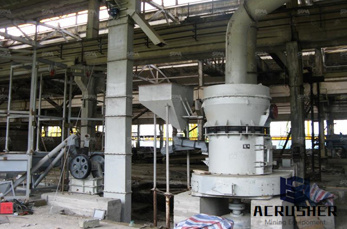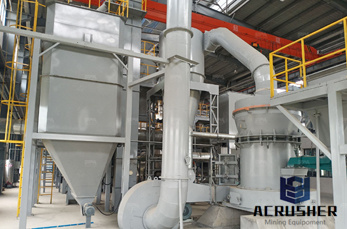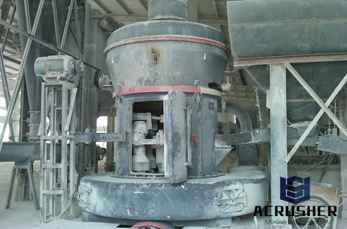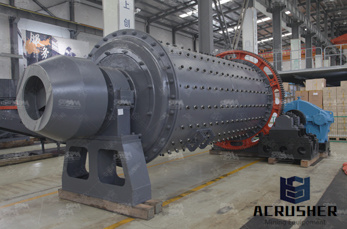Cement Manufacturing YouTube
Jul 31, 2013· We are carrying a huge 3D Digital Library ready to use. MANUFACURE OF PORTLAND CEMENT:Raw Materials: The raw materials required for cement manufacture are. ... a burneris arranged coal or burning ...
 WhatsApp)
WhatsApp)
Jul 31, 2013· We are carrying a huge 3D Digital Library ready to use. MANUFACURE OF PORTLAND CEMENT:Raw Materials: The raw materials required for cement manufacture are. ... a burneris arranged coal or burning ...

Coal is the main fuel for manufacture of cement in India, due to high cost and inadequate availability of oil and gas. The consumption of coal in dry process system ranges from 2025% of clinker ...

The most significant uses of coal are in electricity generation, steel production, cement manufacturing and as a liquid fuel. Different types of coal have different uses. Steam coal also known as thermal coal is mainly used in power generation.

Clinker is mixed with gypsum and ground to a fine powder to make cement. Coal is used as an energy source in cement production. Large amounts of energy are required to produce cement. Kilns usually burn coal in the form of powder and consume around 450g of coal for about 900g of cement produced.

what type of coal is used to make cement types of coal used for cement production in india types of coal used for cement production in india industry overview – is regional imbalance in cement production in India due to employed by the plants and the type of cement produced

Coal cement Varying the mix of cement, sand and aggregate enables concrete to be used in a range of applications. Products can be designed, coloured and shaped to accommodate a variety of environmental conditions, architectural requirements and to .

Type Of Coal Used To Make Cement. d Their Uses. Coal types: Hard coals Bituminous coal is harder and blacker than lignite and subbituminous coal, and can be divided into two types: thermal and metallurgical. Anthracite is the most mature coal and thus has the highest carbon content of any type of coal. It is frequently used for home heating

To the extent that charcoal could be used in steelmaking (or cementmaking) around the world to replace coal, it is questionable whether this use of wood would be considered environmentally sustainable, especially if this huge shift in land use displaced food production.

Fly ash can be used as prime material in many cementbased products, such as poured concrete, concrete block, and brick. One of the most common uses of fly ash is in Portland cement concrete pavement or PCC pavement. Road construction projects using PCC can use a great deal of concrete, and substituting fly ash provides significant economic ...

Aug 30, 2012· Kiln is heating up from the exit side by the use of natural gas and coal. When material reaches the lower part of the kiln, it forms the shape of clinker. Cement Manufacturing Process Phase V: Cooling and Final Grinding. After passing out from the kiln, clinkers are cooled by mean of forced air.

Jul 12, 2018· The advance tackles two major environmental problems at once by making use of coal production waste and by significantly reducing the environmental impact of concrete production.

Historically, the primary fuel used in cement industry is coal. A wide range of other fuels such as gas, oil, liquid waste materials, solid waste materials and petroleum coke have all been successfully used as sources of energy for firing cementmaking kilns, either on their own or in various combinations.

Cement is so fine that 1 pound of cement contains 150 billion grains. The cement is now ready for transport to readymix concrete companies to be used in a variety of construction projects. Although the dry process is the most modern and popular way to manufacture cement, some kilns in the United States use a wet process.

The two largest encapsulated uses reported by the ACAA in 2014 are fly ash used in "concrete/concrete products/grout" ( million tons) and flue gas desulfurization (FGD) material gypsum used in "gypsum panel products" ( million tons), making up over 50 percent of the total amount of coal ash beneficially used.

Cement making Cement clinker is manufactured by heating the blended and ground raw material (typically limestone and clay or shale and other materials) to partial fusion. The clinker burning takes place at a temperature of 1450°C in kilns, which are normally .

Many industries use coal to manufacture certain products. Some of the popular industries which make use of coal are the cement industry, paper and aluminium industry, chemical and pharma industry amongst others. Coal provides numerous raw materials like benozle, coal tar, sulphate of ammonia, creosote, etc. to chemical industries. Coal is ...

Binders have been used to briquette coal and charcoal for more than 100 years. Using cement to bind wastes from steelmaking operations is a more recent application. In this column, I''ll discuss the different types of binders used to briquette carbonaceous materials and steel

Once the chemical reaction is complete you can use the product as mortar. To make concrete though which will greatly extend the volume produced you mix in gravel or sand or crushed brick. Proportions are an endless subject of debate but the formula of 1 part cement, 2 parts sand and 3 parts gravel by volume is a good starting point.

Mar 10, 2019· Coal ash is not just a waste, but a resource in demand in the construction industry to be used to make concrete. The fine ash, known as fly ash, can act as a partial substitute to cement, with ...

Mar 28, 2017· Primarily for cement grinding plants in India, coal (generally of bituminous grade) is used in the slagdryer. The wet slag arrives at the stack on wagons from some nearby steel plant, or it may be brought via a trolleysystem (primitive mode). Bu...

Sep 07, 2016· This video is unavailable. Watch Queue Queue. Watch Queue Queue

Concrete recycling is increasing in response to improved environmental awareness, legislation, and economic considerations. Conversely, the use of concrete mitigates the use of alternative building materials such as wood, which is a carbon sink [source?]. Concrete .

Making steel without coal: Lets talk about coal. To the extent that charcoal could be used in steelmaking (or cementmaking) around the world to replace coal, it is questionable whether this use of wood would be considered environmentally sustainable, especially if this huge shift in land use displaced food production. Live Chat; How Cement Is ...

Coking coal must be low in sulfur and requires more thorough cleaning than coal used in power plants, which makes the coal more expensive. In 2018, the average delivered price of coal used to make coke was about 129 per short ton—about three times higher than the price of coal delivered to .
 WhatsApp)
WhatsApp)